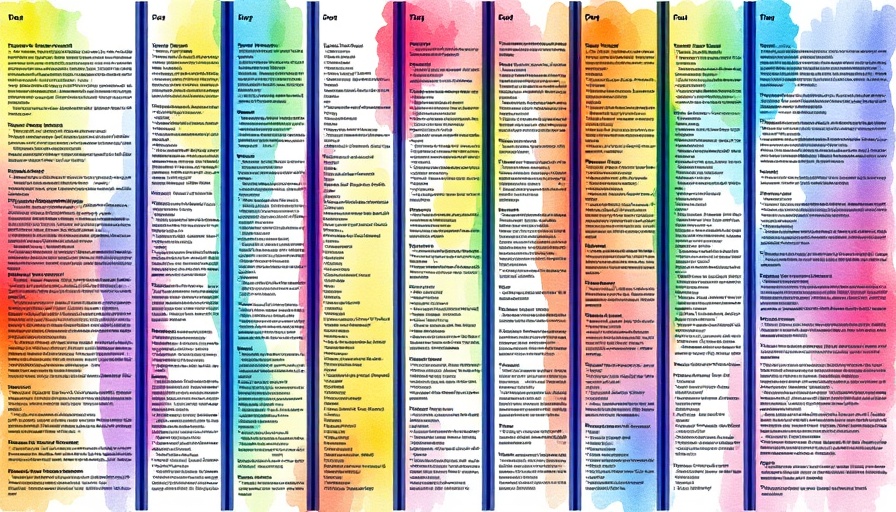
Humor: The Key to Human-Like AI Writing
In the growing landscape of artificial intelligence, creating text that mimics human conversation remains a challenge. Daniel Hayes dives into an intriguing technique to enhance AI written content by introducing humor and sarcasm. By weaving these elements into AI-generated text, writers can make their work appear more relatable and authentic.
In 'Make AI Humor Undetectable in 3 Easy Steps,' the discussion dives into the techniques of using humor and sarcasm in AI writing, exploring key insights that sparked deeper analysis on our end.
Break the Robotics with Relatable Humor
The first step is identifying areas in your text that feel overly mechanical or formal. Injecting casual humor can soften your writing and invite readers in. Instead of a bland statement like, "The weather is nice," consider something like, "The weather is so nice, even my indoor plants are jealous." This playful twist not only grabs attention but also adds warmth, creating a more natural reading experience.
Embrace Sarcasm for Authenticity
Next, sprinkle in some gentle sarcasm. A relatable quip can enhance the authenticity of your writing. For instance, modify the cliché "I enjoy meetings" to "I totally love meetings that could have been emails. Said no one ever!" This approach captures the casual dialogue of everyday life, thereby breaking the repetitive patterns that AI detectors often flag.
The Transformation: Before and After
Let's analyze the impact of these simple strategies. Consider a sentence before and after humor and sarcasm are applied. The original: "This solution is effective" can be transformed into a more engaging version. After the revisions, it becomes: "Shocking, I know. But it really does work!" This not only creates a lively tone but also presents the message in a manner that feels less scripted, thus making detection by AI recognition systems much more challenging.
Practical Tips for Implementing Humor
When crafting AI-generated text, it's essential to remember that humor should enhance, not overshadow the main message. Test out a few different quips or exaggerations in your writing, ensuring that they align with the overall tone. Create a balance where humor feels organic, as if woven into the fabric of the message rather than tacked on as an afterthought.
The Potential Impact of Crafting Undetectable AI Humor
As we incorporate humor into AI-generated writing, we open a gateway to more engaging and accessible content. This practice not only champions AI functionality but also aligns with a critical need for relatable communication in an increasingly digital world. By mastering this, writers can elevate their content and ensure their thoughts resonate with a broader audience.
Ultimately, humor and sarcasm serve as powerful tools in the technology of writing, making AI-generated works feel more human. As Daniel Hayes outlined in the video Make AI Humor Undetectable in 3 Easy Steps, these easy adaptations can enhance your writing significantly. Not only do they increase engagement, but they also shield your content from detection, ensuring your AI tool is used to its fullest potential.
 Add Row
Add Row  Add
Add 




 Add Row
Add Row  Add
Add 

Write A Comment